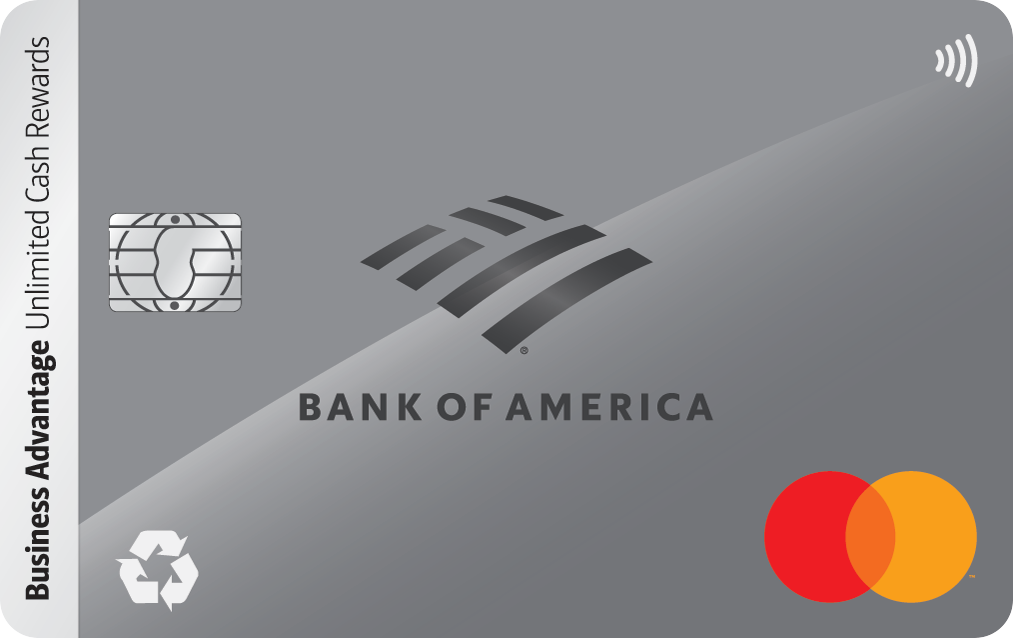Here's How Credit Card Companies Actually Make Money

Image source: Getty Images.
Credit cards feel pretty straightforward when you're using one. But credit card companies have built one of the most efficient money-making systems in consumer finance, and it works quietly in the background every time you buy something.
If you've ever wondered how credit cards can offer generous rewards, huge sign-up bonuses, or even long 0% intro APR periods, here's how they afford it.
The backbone: interest from revolving balances
Interest is the largest and most predictable line item. It drives roughly $8 in every $10 of issuer profit in the credit card business.
When someone carries a balance, the card immediately becomes profitable. Rates above 20% are now common, and those charges compound quickly. For issuers, this is the engine that keeps everything else running.
The swipe economy
Every purchase generates a fee. It's small, usually 1% to 3%, but it happens billions of times a year. These are interchange fees, and they're paid by the merchant, not the cardholder.
If you've ever wondered how a no-annual-fee card can offer 2% back on everything, this is the answer. The merchant fees help cover the rewards.
This is the topic of the recent Visa/Mastercard settlement you may have seen in the news.
The guaranteed income from annual fees
Annual fees may look simple, but they're a powerful part of the business model. When you pay $95 or $325 or $795 once a year, that money hits the issuer before you even make your first purchase.
In return you get perks, credits, and points. Some people get more than they pay for. Others barely scratch the surface. Either way, the issuer wins, because the fee arrives every year like clockwork.
But a lot of people don't know that some of the best credit cards on the market don't have an annual fee. Compare the best no-annual-fee credit cards here.
The pricing power of balance transfers
A 0% intro APR card might not seem profitable, but the up-front fee tells a different story. Move a balance and you'll likely pay 3% to 5% right away. For the issuer, that's income on day one.
And consumers still come out ahead because skipping interest is worth more than the fee. Both sides benefit, but the bank makes money instantly.
Balance transfer cards really are one of the more unknown heroes of the financial world. I'm not sure of another way to get close to two years of not paying credit card interest to help you get out of debt. Check out the best balance transfer cards available now.
Cash advances and short-fuse interest
Cash advances are a smaller part of the business, but they're extremely lucrative. A fee hits immediately and interest usually starts the same day. When someone uses a credit card to pull cash, the issuer earns revenue from multiple directions.
Fees for mistakes
Late fees, returned payment fees, and penalty APRs exist for a reason. They discourage risky behavior, but they also generate steady income. A single missed payment can cost around $30 to $40, and repeated issues can trigger a higher interest rate. It's a meaningful revenue stream because millions of people slip up each year.
The business of partnerships
Credit cards don't operate in a vacuum. Issuers work closely with airlines, hotels, retailers, and even small businesses. Co-branded cards create shared revenue. Every swipe benefits the bank and the brand on the front of the card.
It's why those cards come with oversized sign-up bonuses. There are two companies earning money, not one.
But the best travel credit cards aren't co-branded and don't shackle you to a single airline. Start earning free flights with one of the top travel cards today.
Our Research Expert


